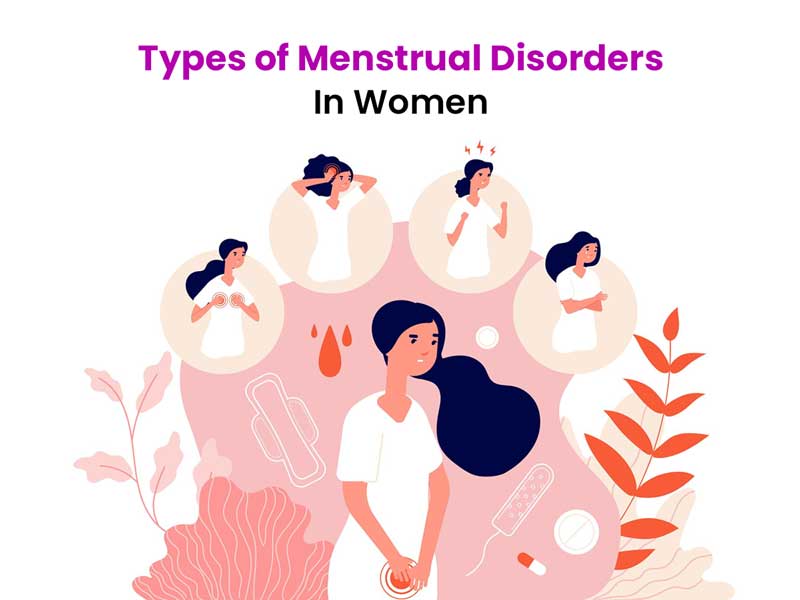
Menstruation is a natural biological process, yet it’s often surrounded by taboos, misinformation, and a lack of comprehensive understanding. Menstrual wellness encompasses far more than just the days of your period. It’s about maintaining good hygiene practices, staying informed about potential disorders, and understanding your body’s unique cycle for overall well-being.
Menstrual Hygiene: The Foundation of Wellness

Maintaining good menstrual hygiene is essential for physical comfort and minimizing infection risks. Here are the essentials:
- Choosing the Right Product: From sanitary pads and tampons to menstrual cups and period underwear, there’s a wide array of options. Find what works best for your flow, comfort, and lifestyle.
- Changing Products Regularly: Change pads every 4-6 hours and tampons even more frequently to prevent Toxic Shock Syndrome (TSS), a rare but serious condition.
- Proper Cleaning: Wash your genital area gently with warm water and mild, unscented soap. Avoid harsh products or douching, which can disrupt natural pH balance.
- Safe Disposal: Dispose of used menstrual products responsibly in a garbage bin, never down the toilet.
Menstrual Disorders: When Your Cycle Isn’t Typical

While some discomfort may be common during your period, certain conditions can make menstruation particularly challenging. Some common menstrual disorders include:
- Heavy Menstrual Bleeding (HMB): Abnormally heavy or prolonged bleeding.
- PMS (Premenstrual Syndrome): Physical and emotional symptoms occurring before your period.
- PMDD (Premenstrual Dysphoric Disorder): A severe form of PMS that can significantly impact daily life.
- Endometriosis: A condition where tissue similar to the uterine lining grows outside the uterus.
If you experience severe pain, unusually heavy bleeding, irregular cycles, or symptoms that seriously disrupt your life, don’t hesitate to consult your doctor.
Cycle Monitoring: Know Your Flow

Monitoring your menstrual cycle helps you understand your body’s patterns and potentially spot irregularities. Consider tracking the following:
- Period Dates: Track the start and end dates of your period.
- Flow: Light, medium, or heavy?
- Symptoms: Note any cramps, bloating, mood changes, or other symptoms you experience throughout your cycle.
Cycle tracking can be as simple as marking a calendar or using a period-tracking app. This information can be valuable for you and your doctor in monitoring your health.
Wellness Beyond Your Period
Menstrual wellness extends beyond your period days. Here’s how to enhance your overall well-being:
- Healthy Diet: Choose whole foods, fruits, vegetables to provide your body with proper nutrients.
- Regular Exercise: Staying active improves mood, helps with cramps, and supports overall health.
- Stress Management: Stress can disrupt your cycle. Find relaxation techniques that work for you.
- Prioritizing Sleep: Aim for 7-8 hours of restful sleep per night to balance hormones.
Embracing Menstrual Wellness: It’s Time
Menstruation doesn’t have to be a source of shame or suffering. By prioritizing hygiene, understanding your body, and addressing any concerns, you empower yourself with knowledge and promote long-term health. Your menstrual wellness is an essential part of your overall well-being. By actively nurturing it, you create a better relationship with your body and take charge of your reproductive health journey.
Remember, your body is unique. Consult your doctor to address any individual concerns, receive a diagnosis, and discuss any necessary treatments.